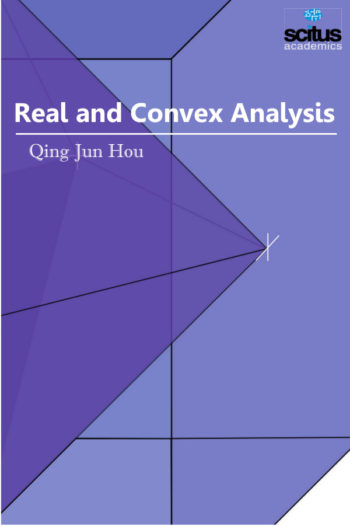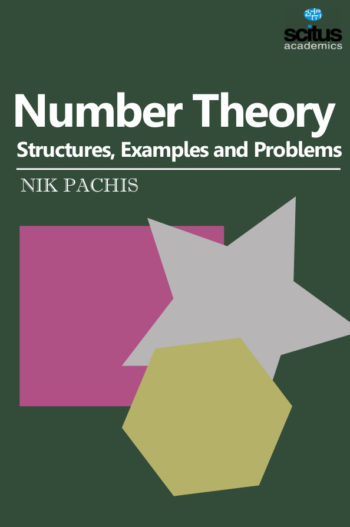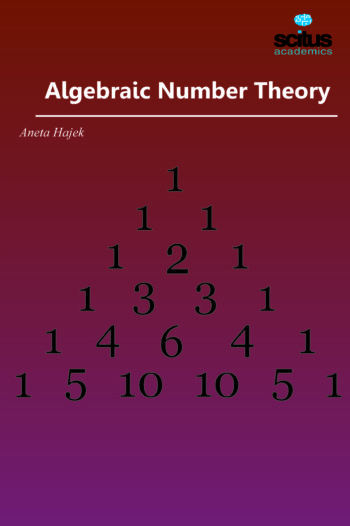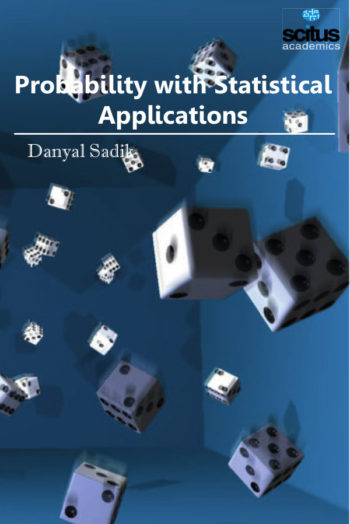A model is a concept of reality or a depiction of a real condition. In other terms, a model presents a rationalized version of something. It may be as simple as a drawing of house plans, or as complex as a miniature. Mathematical modeling is applied to perform the experimental phenomenon into a mathematical description.
This book presents the state of the art reviews and original results obtained in different fields of modern science with the use of mathematical simulation methods. In recent years, there has been great growth in the use of networks (systems), such as communication networks and computer networks, in human life. The networks are a set of nodes that are connected by a set of links to exchange data through the links, where some particular nodes in the network are called terminals. In this book, we investigate the reliability and stochastic properties of an n-component network under the assumption that the components of the network fail according to a counting process called a geometric counting process (GCP). Prey–predator dynamic is an essential tool in mathematical ecology, specifically for our understanding of interacting populations in the natural environment. This relationship will continue to be one of the dominant themes in both ecology and mathematical ecology due to its universal existence and importance. These problems may appear to be mathematically simple at first sight.
Moreover, although much progress has been made to the prey-predator theory in the last 40 years, many long-standing mathematical and ecological problems remain open, such as modeling transient dynamics, environmental variability, complex ecological networks, and biodiversity extrapolation techniques. In many situations, a decision-maker needs to make a decision but does not know which decision is the best one. For example, an investor may not know the future performance of companies in the stock market and is uncertain about which stock is the best. A patient does not have knowledge about the most cost-effective treatment for health concern. Facing a lack of information, the decision-maker often looks for advice from investment consultants or doctors, who are experts and are better informed. A mathematical model involving a decision-maker and an expert is investigated. Through analyzing the model, we obtain several results on the expert’s information acquisition and disclosure strategy. When withholding information is costly to the expert, in equilibrium, an expert with a higher withholding cost acquires less information but discloses more acquired information. We also examine which expert is optimal to the decision-maker among a group of experts with different costs of withholding information. In this book, we also propose a new method to calculate water flow and xylem water potential distribution in hydraulic architectures (such as root systems) of any complexity. It is based on the extension of the water flow equation analytical resolution of Landsberg and Fowkes for single roots. It consists in splitting the root systems into zones of homogeneous or homogeneously changing properties and deriving the xylem potential and water flow under any given boundary conditions (plant transpiration or collar potential, and potential at soil-root interfaces) without assuming a uniform xylem potential within each zone. The book succeeds with the review of non-Newtonian mathematical models for rheological characteristics of viscoelastic composites; Saint-Venant equations and friction law for modeling self-channeling granular flows; and edge irregular reflexive labeling for the disjoint union of generalized Petersen graph.
It is hoped that this book will serve to students, practitioners, scientists, and engineers as well as for those who are involved in the associated area.














Reviews
There are no reviews yet.